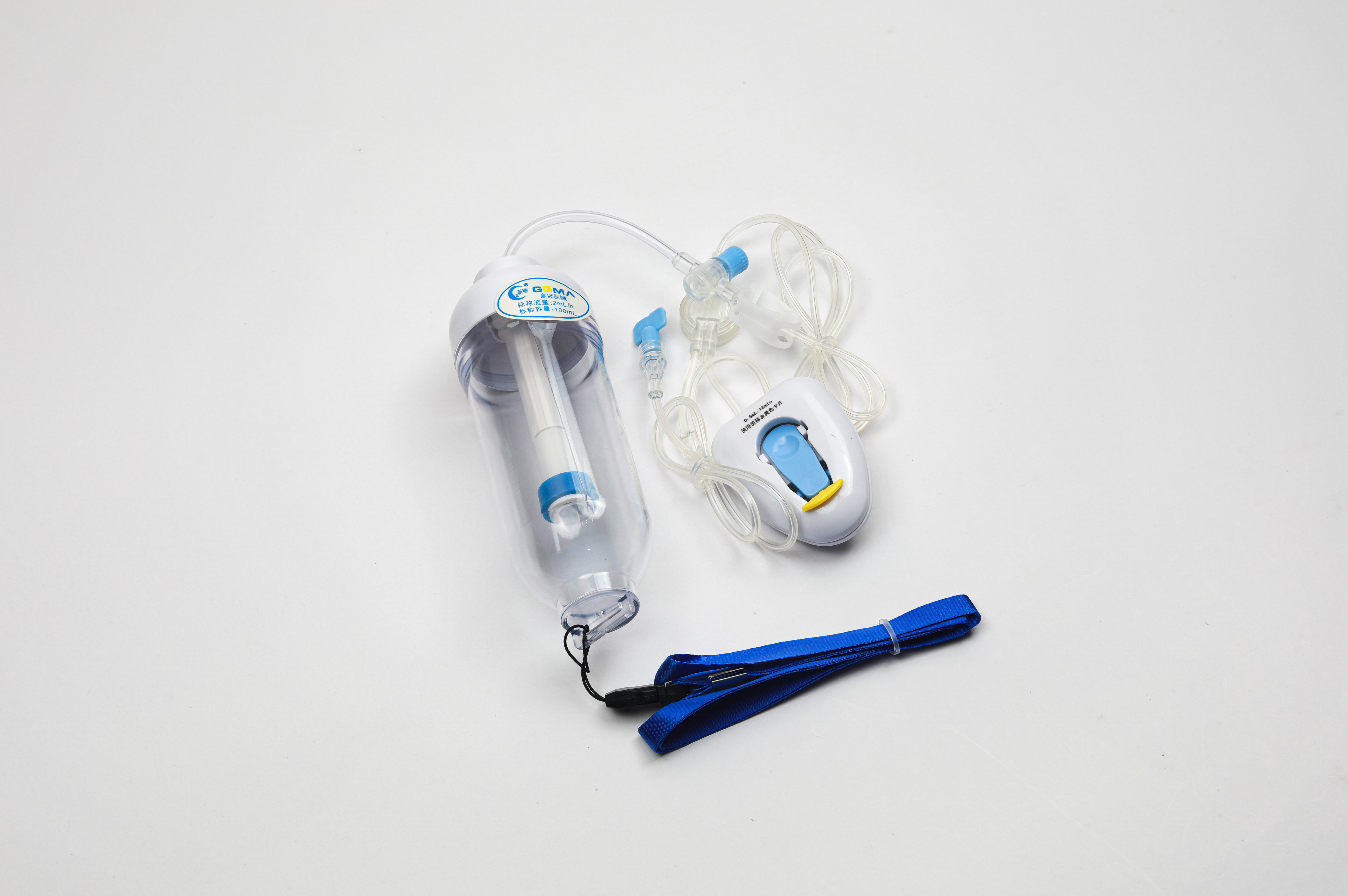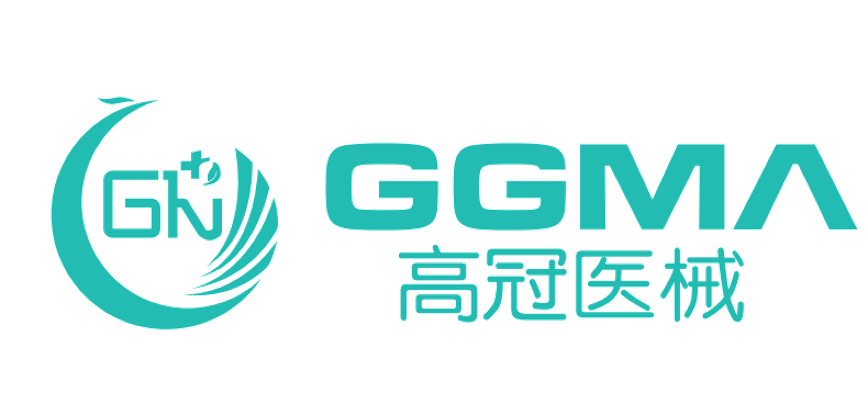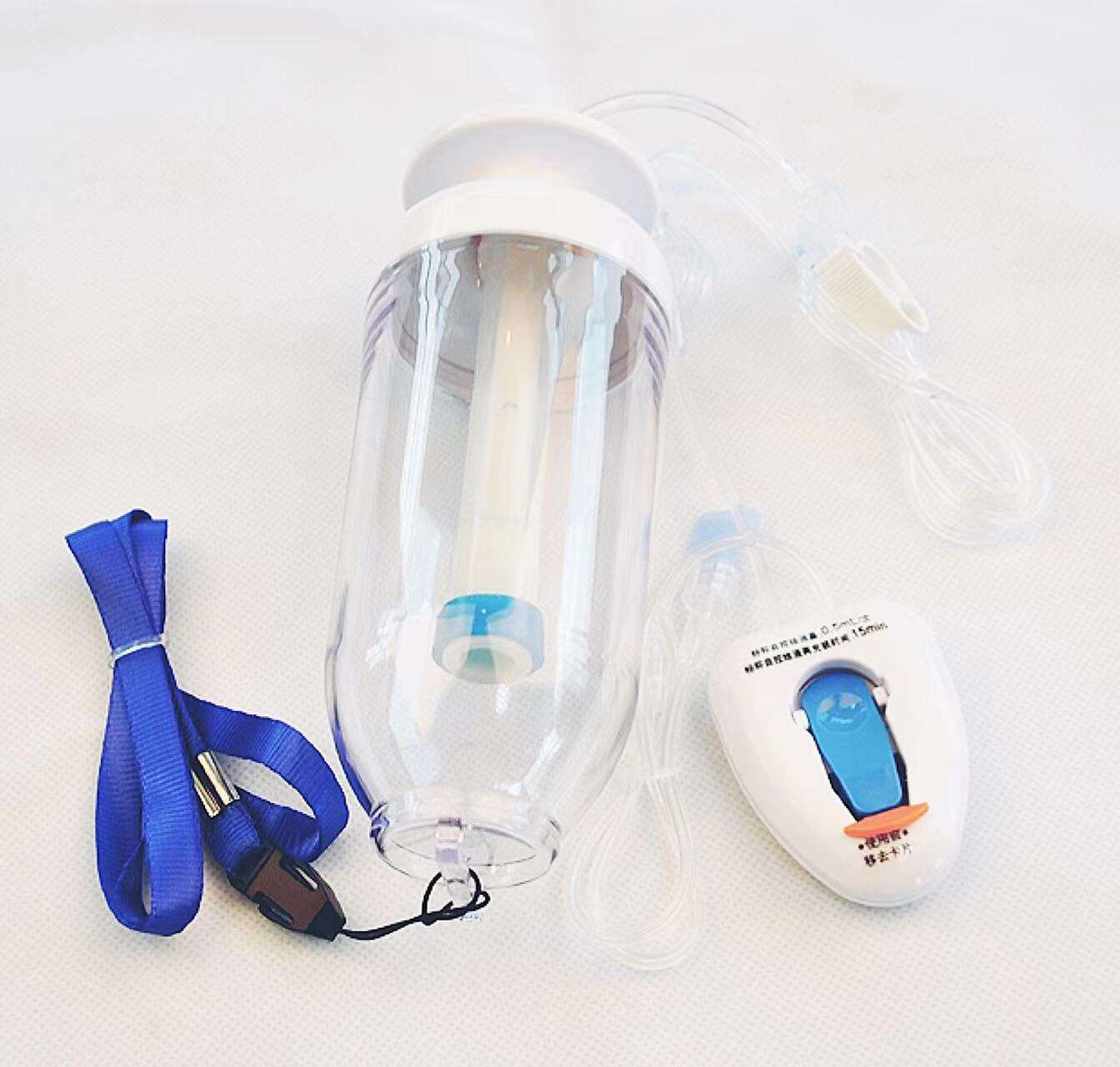Understanding Medical Infusion Pump Technology
Medical infusion pumps represent a cornerstone of modern healthcare delivery, providing precise and controlled administration of fluids, medications, and nutrients to patients. These sophisticated devices have revolutionized patient care by enabling healthcare providers to deliver exact amounts of vital substances with unprecedented accuracy and reliability. From hospital wards to home care settings, infusion pumps have become indispensable tools that enhance treatment outcomes and patient safety.
Healthcare facilities rely on various types of infusion pumps to meet diverse medical needs and specific patient requirements. Each type serves unique purposes and comes with distinct features designed to optimize particular treatment protocols. Understanding these different types is crucial for healthcare professionals to make informed decisions about patient care and ensure optimal therapeutic outcomes.
Large Volume Infusion Pumps
Features and Applications
Large volume infusion pumps, also known as volumetric pumps, are designed to deliver substantial amounts of fluids, typically ranging from 100ml to several liters. These devices are commonly used in hospital settings for administering intravenous fluids, blood products, and nutritional solutions. The pumps feature sophisticated flow rate controls, allowing healthcare providers to program precise delivery schedules based on patient needs.
These pumps incorporate advanced safety features, including air-in-line detection, occlusion alerts, and multiple alarm systems to ensure safe and accurate fluid delivery. Many modern large volume infusion pumps also include smart pump technology, which helps prevent medication errors through predetermined drug libraries and dosing limits.
Clinical Benefits
The primary advantage of large volume infusion pumps lies in their ability to maintain consistent fluid delivery over extended periods. This capability is particularly crucial for patients requiring long-term hydration, parenteral nutrition, or continuous medication infusion. The precise control mechanisms help prevent fluid overload while ensuring adequate hydration and medication delivery.
Healthcare providers appreciate the versatility of these pumps, as they can be used across various clinical settings, from intensive care units to general medical floors. The pumps' reliability and accuracy contribute significantly to improved patient outcomes and reduced medication administration errors.

Syringe Infusion Pumps
Mechanism and Design
Syringe infusion pumps operate using a mechanized plunger that precisely pushes the contents of a syringe at a controlled rate. These pumps excel in delivering small volumes of fluids with high accuracy, making them ideal for pediatric care, critical care, and situations requiring precise medication dosing. The design allows for easy loading and unloading of syringes while maintaining sterility.
Modern syringe pumps incorporate sophisticated electronics that enable precise flow rate adjustments and multiple programming options. The pumps can accommodate various syringe sizes, typically ranging from 10ml to 60ml, providing flexibility in medication administration.
Specialized Applications
Syringe infusion pumps find extensive use in neonatal and pediatric care, where small volumes and precise dosing are crucial. They are also valuable in delivering highly concentrated medications in critical care settings, chemotherapy agents, and anesthetic drugs during surgical procedures. The ability to deliver minimal volumes with high accuracy makes these pumps essential in situations where even minor dosing errors could have serious consequences.
These pumps often feature advanced programming capabilities, allowing for stepped or tapered delivery profiles, which is particularly useful in pain management and anesthesia applications. The compact size and portable nature of syringe pumps make them suitable for transport situations and space-constrained environments.
Patient-Controlled Analgesia Pumps
Operating Principles
Patient-Controlled Analgesia (PCA) pumps represent a specialized category of infusion pumps that allow patients to self-administer pain medication within prescribed safety limits. These pumps combine programmed continuous infusion with patient-activated bolus doses, providing flexible pain management while maintaining safety protocols. Healthcare providers set parameters including maximum dose limits, lockout intervals, and background infusion rates.
The sophisticated programming capabilities of PCA pumps ensure that patients cannot exceed prescribed medication limits, even with multiple activation attempts. This built-in safety feature prevents overdosing while still providing patients with a sense of control over their pain management.
Safety and Monitoring Features
Modern PCA pumps incorporate multiple safety mechanisms, including dose error reduction systems, comprehensive event logs, and wireless connectivity for remote monitoring. These features allow healthcare providers to track medication usage patterns, adjust settings as needed, and ensure compliance with prescribed protocols.
The pumps typically include clear displays showing medication information, remaining doses, and time until the next available dose. Advanced models may integrate with hospital electronic health records, facilitating better documentation and analysis of pain management strategies.
Ambulatory Infusion Pumps
Portable Design Elements
Ambulatory infusion pumps are designed for mobility, allowing patients to receive continuous medication or fluid therapy while maintaining their daily activities. These compact, lightweight devices often operate on rechargeable batteries and can be easily carried in specially designed pouches or backpacks. The portable nature of these pumps significantly improves patient quality of life during long-term therapy.
The design prioritizes durability and ease of use, with simple interfaces that patients can operate with minimal training. Many models include features like water resistance and impact protection to withstand daily wear and tear.
Home Care Applications
These pumps play a crucial role in home healthcare, enabling patients to receive various treatments including chemotherapy, antibiotics, and pain management without requiring hospitalization. The ability to continue treatment at home not only reduces healthcare costs but also promotes better patient comfort and satisfaction.
Ambulatory pumps often incorporate remote monitoring capabilities, allowing healthcare providers to track treatment progress and make adjustments without requiring in-person visits. This feature has become increasingly valuable in modern healthcare delivery, particularly in managing chronic conditions.
Smart Infusion Pumps
Integrated Technology Features
Smart infusion pumps represent the latest advancement in infusion technology, incorporating sophisticated software and connectivity features. These pumps integrate with hospital information systems, drug libraries, and electronic health records to enhance medication safety and improve workflow efficiency. The built-in drug libraries contain pre-programmed medication parameters, helping prevent dosing errors and improving patient safety.
Advanced analytics capabilities allow healthcare facilities to track usage patterns, identify potential issues, and optimize medication delivery protocols. Many smart pumps also feature wireless connectivity for remote monitoring and automatic documentation of infusion data.
Safety Enhancement Systems
The primary focus of smart infusion pumps is enhanced patient safety through multiple check systems and automated alerts. These pumps can detect potential medication errors before they occur by comparing programmed doses against established safety limits. The system provides immediate feedback to healthcare providers when parameters fall outside acceptable ranges.
Integration with barcode scanning systems helps ensure the right medication reaches the right patient at the right time. Real-time monitoring capabilities allow for quick response to any issues that may arise during infusion therapy.
Frequently Asked Questions
How do healthcare providers choose the appropriate infusion pump for specific patient needs?
Healthcare providers select infusion pumps based on several factors including the type of medication or fluid being administered, required flow rates, delivery precision needs, and patient mobility requirements. They also consider the clinical setting, duration of therapy, and specific patient conditions when making this decision.
What maintenance is required for infusion pumps?
Infusion pumps require regular maintenance including calibration checks, battery testing, cleaning, and software updates. Healthcare facilities typically follow manufacturer guidelines and regulatory requirements for maintenance schedules. This includes regular inspections, functional testing, and documentation of all maintenance activities.
How do smart infusion pumps improve patient safety?
Smart infusion pumps enhance patient safety through integrated drug libraries, dose error reduction systems, and real-time alerts for potential programming errors. They also provide documentation of infusion data, enable remote monitoring, and integrate with hospital information systems to reduce medication errors and improve treatment outcomes.

